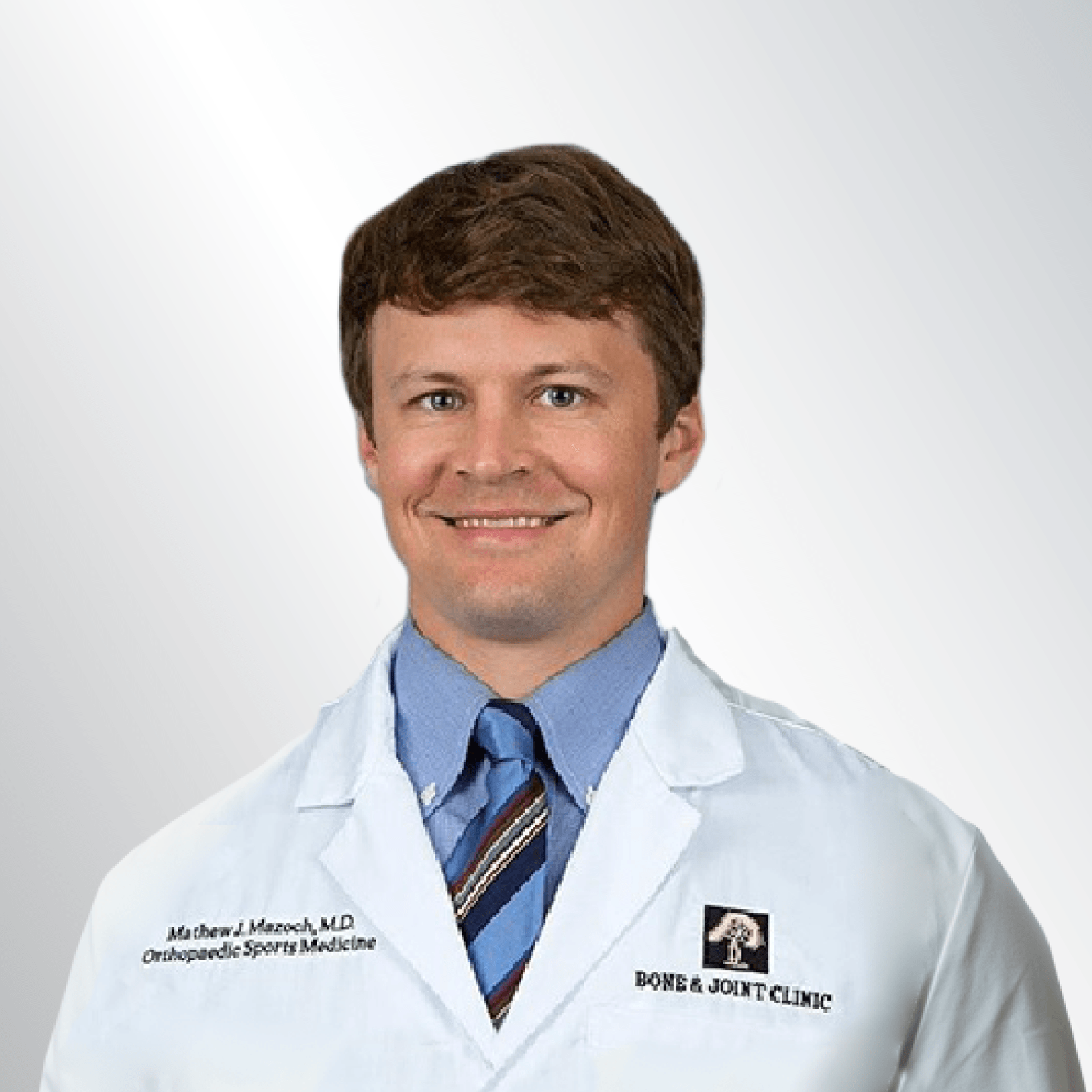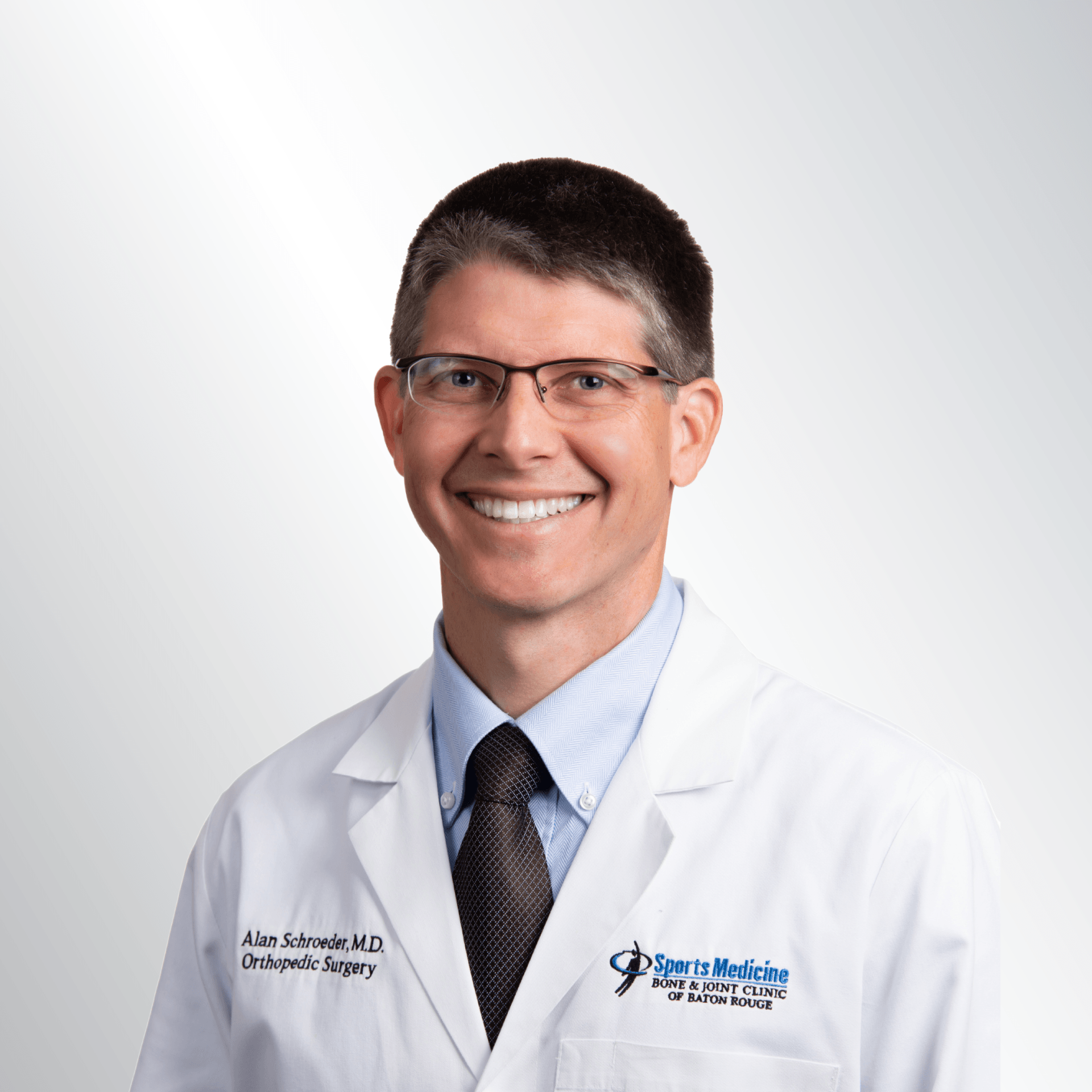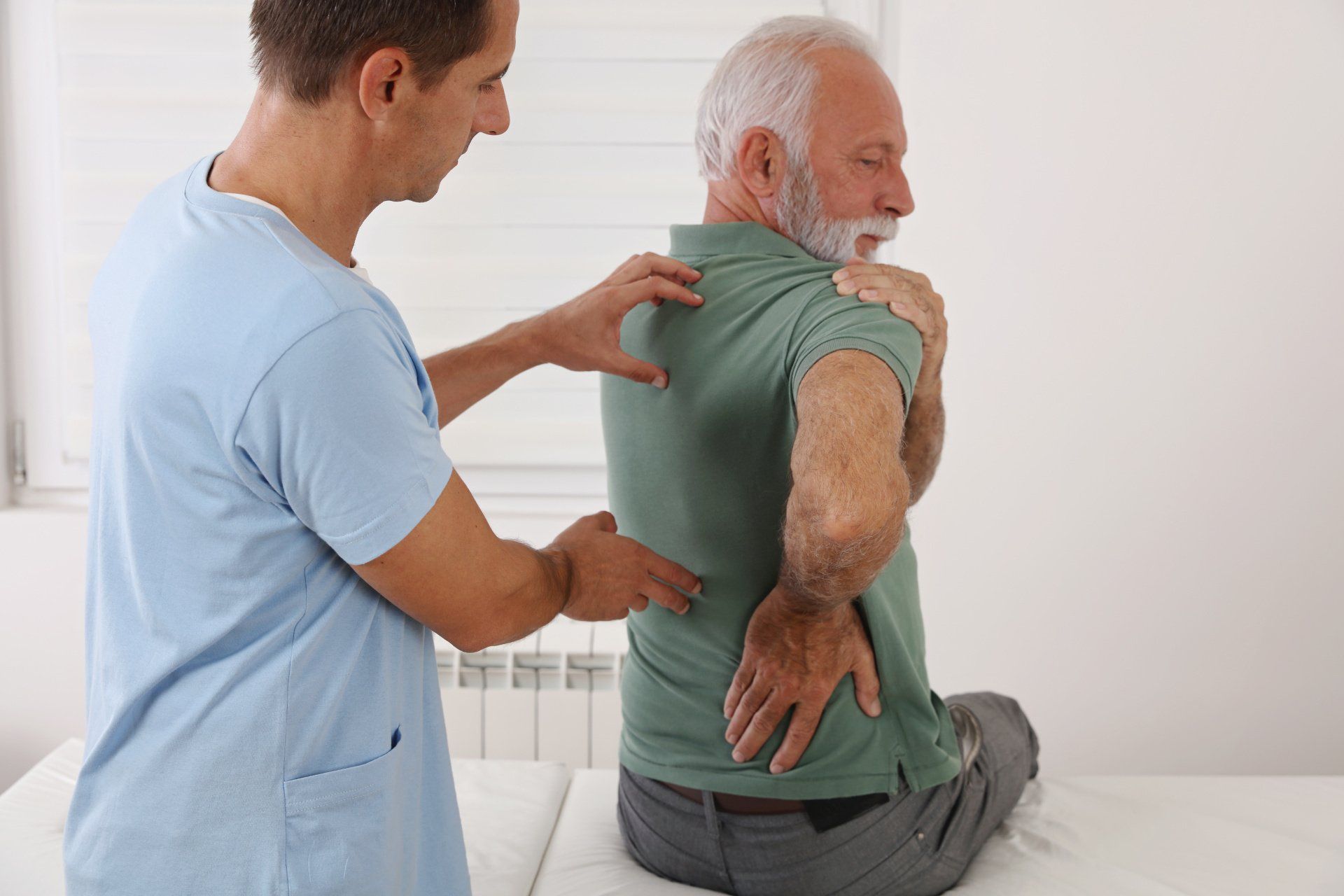Spinal Stenosis Treatment in Baton Rouge
Spinal Stenosis Overview
Spinal stenosis is a condition in which narrowing within sections of the spine lead to nerve compression and associated symptoms such as pain, numbness, and weakness in the associated areas. It is most commonly diagnosed in older adults who also suffer from osteoarthritis. For every 1000 Americans over the age of 50, it is estimated that 5 will display symptoms of spinal stenosis.
Types of Spinal Stenosis
The specific type of spinal stenosis is determined by its location and how it affects the spine:
- Central Stenosis - Stenosis that results from narrowing within the spinal canal
- Foraminal Stenosis - Stenosis that results from narrowing at the exit points of nerves from the spinal column
- Cervical Stenosis - Stenosis that occurs in the upper/neck region of the spine
- Lumbar Stenosis - Stenosis that occurs in the lower region of the spine
Spinal Stenosis Symptoms
While some patients may experience little to no symptoms from spinal stenosis, others will experience pain, numbness, or other bothersome symptoms. In general, side effects from the condition tend to worsen over time, making treatment imperative.
- Cervical Stenosis Symptoms:
- Neck Pain
- Numbness and/or weakness in the arms, hands, feet or legs
- Difficulties with balance and walking
- Bladder or bowel incontinence (in severe cases)
- Lumbar Stenosis Symptoms:
- Pain in the back or legs that improves when sitting down or bending over
- Numbness and/or weakness in the feet or legs
- Burning or tingling sensation in the feet or legs
Causes of Spinal Stenosis
- Osteoarthritis - Osteoarthritis is a condition causing pain and inflammation in joints and is the most common cause of stenosis.
- Thickened Ligaments - Ligaments that connect bones to spine can become stiff and thick, bulging into the spinal canal and causing compression.
- Bulging / Herniated Discs - Spongy discs between vertebrae act as shock absorbers. However, if these discs begin to protrude outward, they can compress nerves.
- Spinal Injury - Traumatic injury to the spine, particularly those which result in fractures may contribute to the development of spinal stenosis.
Diagnosing Spinal Stenosis
If a physician suspects spinal stenosis, they will confirm the diagnosis through medical history, physical examination and imaging tests such as:
Spinal Stenosis Treatment Options
Treatment for spinal stenosis will depend on a number of factors including underlying cause and severity of the condition. Potential treatment options include:
- Medication - Medications for the treatment of spinal stenosis will focus on relieving symptoms such as pain. They may include prescription strength pain relievers or nonsteroidal anti-inflammatories (NSAIDs).
- Physical Therapy - Physical therapy can help patients maintain and even improve their strength and endurance and even address issues such a balance.
- Steroid Injections - Steroid injections at the site of nerve compression can reduce inflammation, ease compression of nerves and bring relief for extended periods of time.
- Surgery
- There are multiple surgical techniques that may be used to repair spinal stenosis. Each focuses on relieving pressure on the spinal cord and affected nerves. Determining which should be used will depend on the patient, the exact type and location of their stenosis, and the expertise and skill of the surgeon. Research shows that the best results come from using a highly-skilled surgeon, making the process of selecting a practitioner one of the most important for success in spinal stenosis surgery.




